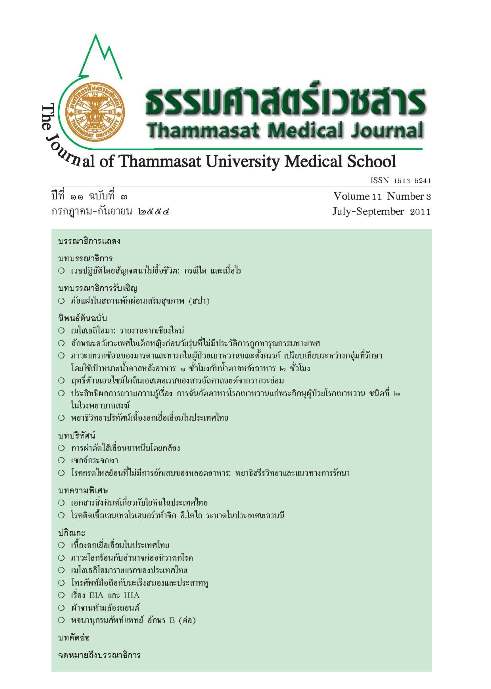A recent Escherichia coli O104:H4 Outbreak in Germany
Keywords:
Enterohemorrhagic Escherichia coli O104, H4, Shiga toxin, hemolytic uremic syndromeAbstract
The outbreak of Escherichia coli in Germany and in other countries in Europe, including the USA and Canada, in May and June 2011, was apparently the biggest outbreak of food-borne infection. Several thousands of cases have been reported with a high number of deaths. The causative pathogenic organism is enterohemorrhagic E. coli (EHEC) O104:H4. Raw bean sprouts grown in northern Germany were likely the reservoir of the pathogens. Genetic study has revealed an interesting information that the pathogen is a strain of enteroaggregative E. coli (EAEC) with an acquisition of Shiga toxin-encoding gene. Such toxin gene normally occurred in strains of EHEC. The presence of Shiga toxin could cause the hemolytic uremic syndrome (HUS) leading to the fatal complication among EHEC-infected patients. Worthy of note is that in the current episode of outbreak showed numbers of patients with HUS and fatal ity much higher than in previous EHEC outbreaks. Therefore, further investigation is mandatory to conduct on its outbreak in order to obtain more information.
Key words: Enterohemorrhagic Escherichia coli O104:H4, Shiga toxin, hemolytic uremic syndrome



